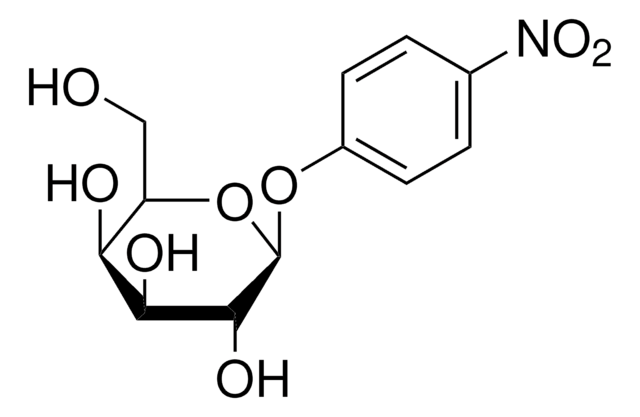C8115
Coronatine
from Pseudomonas syringae pv Glycinea, >95% (HPLC)
Synonyme(s) :
COR, Cyclopropanecarboxylic acid,2-ethyl-1-[[(6-ethyl-2,3,3a,6,7a-hexahydro-1-oxo-1H-inden-4-yl)carbonyl] amino]
About This Item
Produits recommandés
Source biologique
Pseudomonas syringae pv Glycinea
Niveau de qualité
Pureté
>95% (HPLC)
Forme
powder
Solubilité
H2O: soluble 0.2 mg/mL
DMSO: soluble 20 mg/mL
methanol: soluble 20 mg/mL
Mode d’action
enzyme | interferes
Température de stockage
−20°C
Chaîne SMILES
CCC1CC2C(CCC2=O)C(=C1)C(=O)NC3(CC3CC)C(O)=O
InChI
1S/C18H25NO4/c1-3-10-7-13-12(5-6-15(13)20)14(8-10)16(21)19-18(17(22)23)9-11(18)4-2/h8,10-13H,3-7,9H2,1-2H3,(H,19,21)(H,22,23)
Clé InChI
FMGBNISRFNDECK-UHFFFAOYSA-N
Catégories apparentées
Application
Actions biochimiques/physiologiques
Autres remarques
Code de la classe de stockage
11 - Combustible Solids
Classe de danger pour l'eau (WGK)
WGK 3
Point d'éclair (°F)
Not applicable
Point d'éclair (°C)
Not applicable
Équipement de protection individuelle
Eyeshields, Gloves, type N95 (US)
Certificats d'analyse (COA)
Recherchez un Certificats d'analyse (COA) en saisissant le numéro de lot du produit. Les numéros de lot figurent sur l'étiquette du produit après les mots "Lot" ou "Batch".
Déjà en possession de ce produit ?
Retrouvez la documentation relative aux produits que vous avez récemment achetés dans la Bibliothèque de documents.
Notre équipe de scientifiques dispose d'une expérience dans tous les secteurs de la recherche, notamment en sciences de la vie, science des matériaux, synthèse chimique, chromatographie, analyse et dans de nombreux autres domaines..
Contacter notre Service technique






